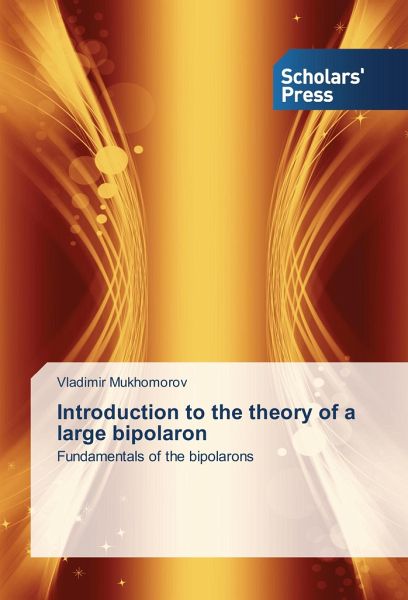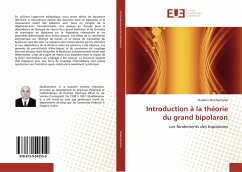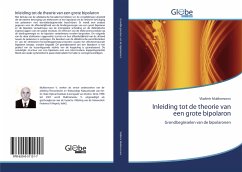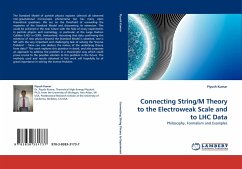
Introduction to the theory of a large bipolaron
Fundamentals of the bipolarons
Versandkostenfrei!
Versandfertig in 6-10 Tagen
53,99 €
inkl. MwSt.

PAYBACK Punkte
27 °P sammeln!
In this book using the adiabatic approach, we derived the equations describing the internal motion of electrons in a bipolaron and the relative motion of polarons with translational degeneracy taken into account. An analysis is given for the dependence of the binding energy of a large bipolaron and the bipolaron translation mass on the interpolaron separation and dielectric properties of a polar medium. The effects of electron correlation on the binding energy and the bipolaron translation mass are discussed. The sequence of the electron-excited terms and their dependence on the distance betwe...
In this book using the adiabatic approach, we derived the equations describing the internal motion of electrons in a bipolaron and the relative motion of polarons with translational degeneracy taken into account. An analysis is given for the dependence of the binding energy of a large bipolaron and the bipolaron translation mass on the interpolaron separation and dielectric properties of a polar medium. The effects of electron correlation on the binding energy and the bipolaron translation mass are discussed. The sequence of the electron-excited terms and their dependence on the distance between polarons has been obtained. The frequencies of the most probable photo-transitions have been calculated. The ranges of dielectric permittivities and of the electron-phonon coupling constants in which the three-dimensional bipolaron exists are determined. The ground singlet state of a bipolaron in the region of intermediate strength of coupling was analyzed. The spatial structure of a bipolaron with an intermediate strength of coupling was found to represent an axially symmetric quasi-molecular formation. The ground and excited electronic terms of the bipolaron are presented.












